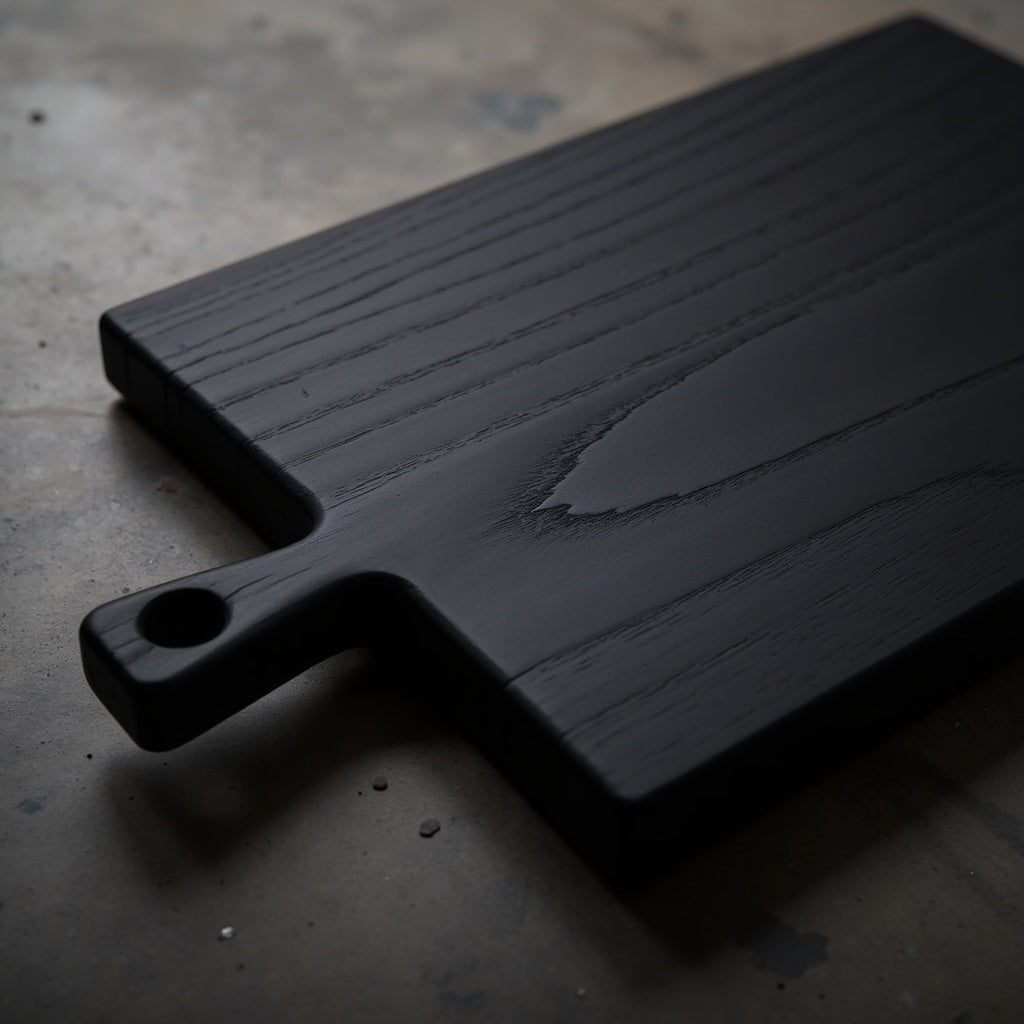20% Off All Boards
Charred cutting boards, inspired by Yakisugi (Shou Sugi Ban), a Japanese wood charring technique.
This Redefines What Cutting Boards Can Be
While other cutting boards absorb stains, harbor odors, and deteriorate over time, our fire-charred surface creates protection that conventional boards simply cannot match.
-

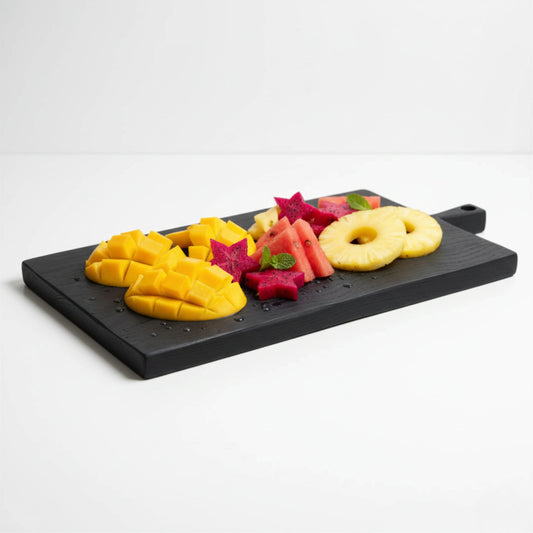 20% OFF LIMITED TIME
20% OFF LIMITED TIMEShoku Pro: Professional-Size Shou Sugi Ban Board for Serious Home Chefs
4.9 / 5.0
(54) 54 total reviews
Regular price $129.00Regular priceUnit price / per$164.00Pre Order Price $129.0020% OFF LIMITED TIME -

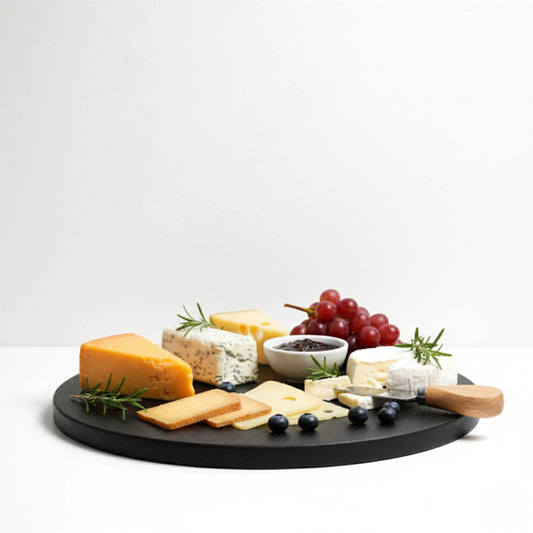 20% OFF LIMITED TIME
20% OFF LIMITED TIMEEtsu: Modern Round Shou Sugi Ban Board for Entertaining & Display
5.0 / 5.0
(43) 43 total reviews
Regular price $129.00Regular priceUnit price / per$164.00Pre Order Price $129.0020% OFF LIMITED TIME -

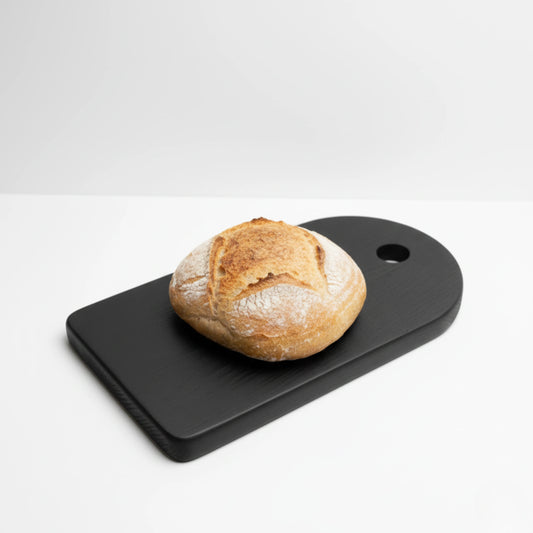 20% OFF LIMITED TIME
20% OFF LIMITED TIMEKura: Elongated Shou Sugi Ban Cutting Board
Regular price $129.00Regular priceUnit price / per$164.00Pre Order Price $129.0020% OFF LIMITED TIME -

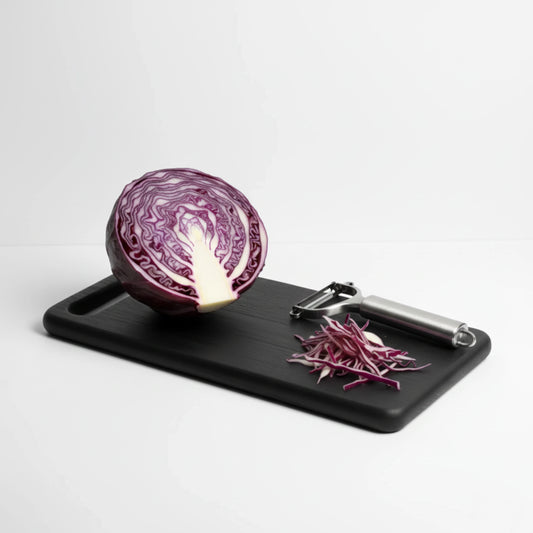 20% OFF LIMITED TIME
20% OFF LIMITED TIMEDougu: The Classic Everyday Shou Sugi Ban Cutting Board
Regular price $119.00Regular priceUnit price / per$149.00Pre Order Price $119.0020% OFF LIMITED TIME -

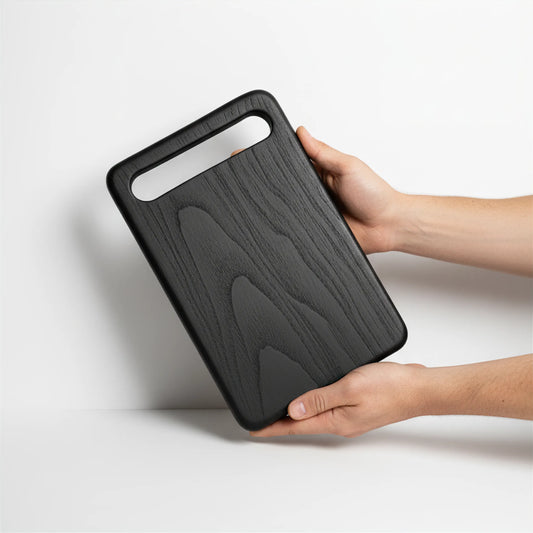 20% OFF LIMITED TIME
20% OFF LIMITED TIMEDougu Prep Board: Ultra-Compact Shou Sugi Ban Prep Board
4.9 / 5.0
(36) 36 total reviews
Regular price $94.00Regular priceUnit price / per$119.00Pre Order Price $94.0020% OFF LIMITED TIME -

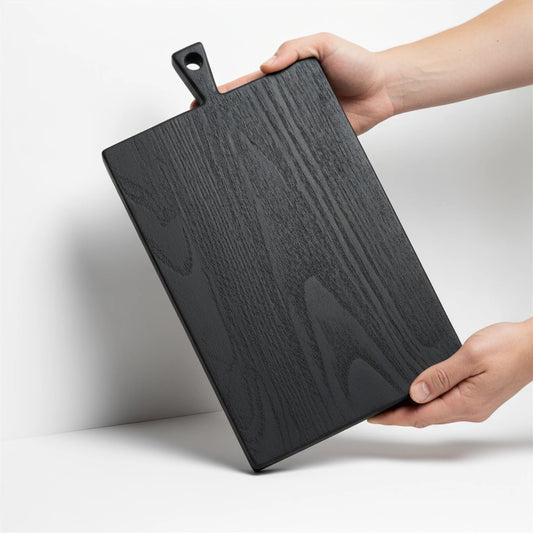 20% OFF LIMITED TIME
20% OFF LIMITED TIMEShoku Prep Board: Compact Shou Sugi Ban Board for Small Spaces & Quick Prep
4.9 / 5.0
(54) 54 total reviews
Regular price $94.00Regular priceUnit price / per$119.00Pre Order Price $94.0020% OFF LIMITED TIME -

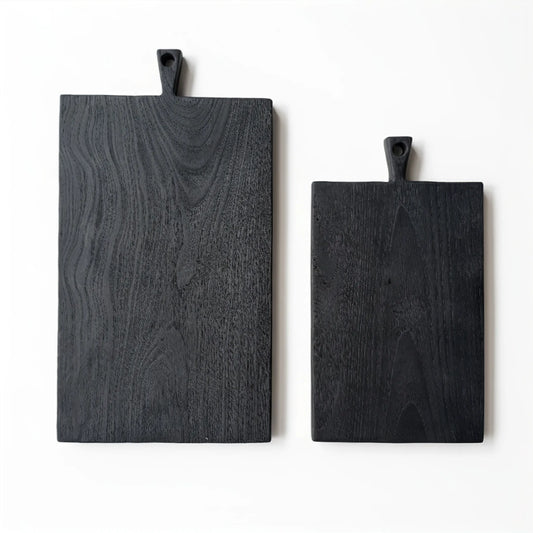 20% OFF LIMITED TIME
20% OFF LIMITED TIMEShoku Set: Pro + Prep Shou Sugi Ban Boards
Regular price $200.00Regular priceUnit price / per$283.00Pre Order Price $200.0020% OFF LIMITED TIME
Yakisugi / Shou Sugi Ban
Yakisugi / Shou Sugi Ban refers to traditional Japanese wood preservation technique, where the surface of wood is charred to create a durable, beautiful, and naturally protected material.
The Transformation
 Before: Traditional Wood
Before: Traditional Wood
 After: Shou Sugi Ban
After: Shou Sugi Ban
Every Board Tells a Story
Watch the ancient art of Shou Sugi Ban come alive in the hands of master craftsman


The Artisan's Craftsmanship
Each board is shaped and sanded with decades of experience, transforming raw wood into functional art.

Shou Sugi Ban
With precise torch control, each board is charred to the perfect depth. Deep enough to unlock the antimicrobial properties, gentle enough to preserve the wood's natural strength.

After Charring
The boards are hand-brushed with wire brushes to remove any unstable char, then thoroughly cleaned to reveal the beautiful interplay between the blackened surface and the wood's natural character.

Natural Oil Finish
Each board is sealed with 2 coats of mineral oil and our hard wax, a food safe finish that creates a smooth, knife-friendly surface while protecting against moisture and everyday wear.

Wabi-Sabi
Drawing from wabi-sabi, Japan's appreciation of imperfect beauty, our final inspection celebrates the unique character each board develops, ensuring structural integrity while honoring the natural variations that make handcrafted pieces irreplaceable.
Our Boards
-
 20% OFF LIMITED TIME
20% OFF LIMITED TIMEShoku Pro: Professional-Size Shou Sugi Ban Board for Serious Home Chefs
4.9 / 5.0
(54) 54 total reviews
Regular price $129.00Regular priceUnit price / per$164.00Pre Order Price $129.0020% OFF LIMITED TIME -
 20% OFF LIMITED TIME
20% OFF LIMITED TIMEEtsu: Modern Round Shou Sugi Ban Board for Entertaining & Display
5.0 / 5.0
(43) 43 total reviews
Regular price $129.00Regular priceUnit price / per$164.00Pre Order Price $129.0020% OFF LIMITED TIME -
 20% OFF LIMITED TIME
20% OFF LIMITED TIMEKura: Elongated Shou Sugi Ban Cutting Board
Regular price $129.00Regular priceUnit price / per$164.00Pre Order Price $129.0020% OFF LIMITED TIME -
 20% OFF LIMITED TIME
20% OFF LIMITED TIMEDougu: The Classic Everyday Shou Sugi Ban Cutting Board
Regular price $119.00Regular priceUnit price / per$149.00Pre Order Price $119.0020% OFF LIMITED TIME -
 20% OFF LIMITED TIME
20% OFF LIMITED TIMEDougu Prep Board: Ultra-Compact Shou Sugi Ban Prep Board
4.9 / 5.0
(36) 36 total reviews
Regular price $94.00Regular priceUnit price / per$119.00Pre Order Price $94.0020% OFF LIMITED TIME -
 20% OFF LIMITED TIME
20% OFF LIMITED TIMEShoku Prep Board: Compact Shou Sugi Ban Board for Small Spaces & Quick Prep
4.9 / 5.0
(54) 54 total reviews
Regular price $94.00Regular priceUnit price / per$119.00Pre Order Price $94.0020% OFF LIMITED TIME
The ARTSN Difference
What Fire Does That Oiling Can't
Liquid Resistance
Water and juices bead up and run off instead of soaking in.
Stain Prevention
Surface repels and resists stains and discoloration from use.
Easy Maintenance
Clean with just soap and water. Reapply oil as needed.
Natural Protection
Charred wood protects from bacteria better than traditional treatments.
Liquid Resistance
Water and juices bead up and run off instead of soaking in.
Stain Prevention
Surface repels and resists stains and discoloration from use.
Easy Maintenance
Clean with just soap and water. Reapply oil as needed.
Natural Protection
Charred wood protects from bacteria better than traditional treatments.
FAQ's
Are the boards food safe?
Yes, all Artsn boards are food safe, they are made specifically for food and are crafted using natural, non-toxic materials, and finished with food-safe, natural wax to ensure safe contact with your food.
How do I clean?
To clean your board, simply hand was with warm water and mild soap. Avoid soaking or using in the dishwasher, as excessive moisture can damage the wood. Wipe dry immediately with a cloth.
How do I maintain?
Regularly apply a food-safe oil or wax to keep your board hydrated and looking it's best. Aim to oil/wax your board once a month or whenever the wood looks dry.
Can I use my cutting board for raw meat?
Yes, the charred finish seals the wood and prevents the surface from being contaminated. We recommend cleaning thoroughly after use and sanitize as needed to follow best practice and avoid cross-contamination.
Will my board develop knife marks?
Some knife marks are natural with regular use, however as the boards are made from high-quality wood, they will not impact the functionality of the board. Knife marks add character, but can be minimized by using a sharp knife and maintaining the board with oil.
Will the black come off my charred cutting board?
Our boards are finished with a clean, high-heat char and sealed with food-safe oil and wax. This stabilizes the surface so it won’t rub off during normal handling.
Like any cutting board, knife marks will create micro-abrasions, but what comes away is tiny amounts of inert carbon (similar to food-grade charcoal used in wellness products).
It’s completely safe to consume in trace amounts, far safer than the microplastics shed from plastic boards.
Over time, the board will develop a natural wear and tear from use, just like any quality wooden board.
